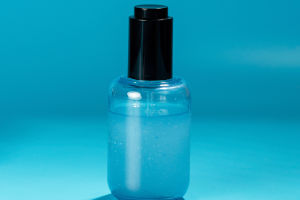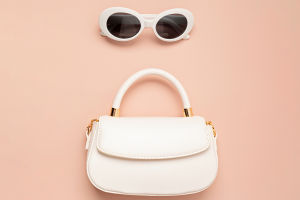Luxury Vs Budget Shades
When shopping for sunglasses, options range from budget-friendly to luxury frames.
The difference in cost often leaves consumers questioning what makes expensive sunglasses worth the higher price.
1. Materials and Craftsmanship
A key difference is the quality of materials. High-end sunglasses often use premium materials like acetate, titanium, stainless steel, or even precious metals.
These provide a luxurious look, durability, and longer lifespan. Luxury sunglasses feature high-quality hinges and precise detailing, often with hand assembly and meticulous quality control.
Ordinary sunglasses, however, typically use cheaper materials like basic plastics or low-grade metals that are prone to breakage. They are usually mass-produced, with minimal attention to craftsmanship.
2. Lens Quality and Technology
Lenses are the heart of any sunglasses. Expensive pairs use high-quality lenses offering sharper vision and include technologies like polarization, anti-glare coatings, and full UV protection. Polarized lenses reduce glare from surfaces like water and roads, enhancing comfort and reducing eye strain.
Ordinary sunglasses often use standard plastic or glass lenses that lack these advanced features. They may provide basic UV protection, but the lens quality often leads to less sharpness, clarity, and increased eye fatigue, particularly in bright outdoor conditions.
3. UV Protection and Eye Safety
Protecting the eyes from harmful UV rays is a primary function of sunglasses. Prolonged UV exposure can cause cataracts, macular degeneration, and other eye issues. Most expensive sunglasses block 99-100% of UVA and UVB rays, ensuring the eyes are well-protected.
Ordinary sunglasses may not guarantee full UV protection. Some cheaper pairs might only offer minimal UV blocking, which can be more harmful by providing a false sense of security. Always check for UV protection labels, regardless of price.
4. Style, Design, and Brand Name
Luxury sunglasses brands invest heavily in design and fashion appeal. Brands like Ray-Ban, Oakley, Gucci, and Prada are not just eyewear but style icons. They offer unique, fashionable designs that set trends. The brand name also adds to the price, as these labels signify status and quality.
Ordinary sunglasses, while available in various designs, often focus on affordability rather than trendsetting. They follow mainstream styles and lack the exclusivity of high-end brands.
5. Fit and Comfort
Expensive sunglasses usually provide a better fit and comfort level. Features like adjustable nose pads, well-balanced arms, and lightweight materials ensure a snug, comfortable fit without slipping. This ergonomic design makes them suitable for extended wear.
Ordinary sunglasses may compromise on fit and comfort. The materials might be heavier, and the design less precise, leading to discomfort during long periods of use, such as pressure marks or slipping.
6. Longevity and Warranty
High-end sunglasses are built to last and often come with warranties against manufacturing defects. They are a long-term investment in quality and durability.
Ordinary sunglasses, though cheaper, may not last as long. They are more susceptible to scratches, lens damage, and frame breakage. Without warranties, frequent replacements can lead to higher long-term costs.
The differences between expensive and ordinary sunglasses involve more than just price. Premium sunglasses offer superior materials, lens quality, UV protection, style, comfort, and durability.
Ordinary sunglasses, while cost-effective for short-term use, may lack these features. Your choice depends on what you prioritize: affordability, style, protection, or longevity.


